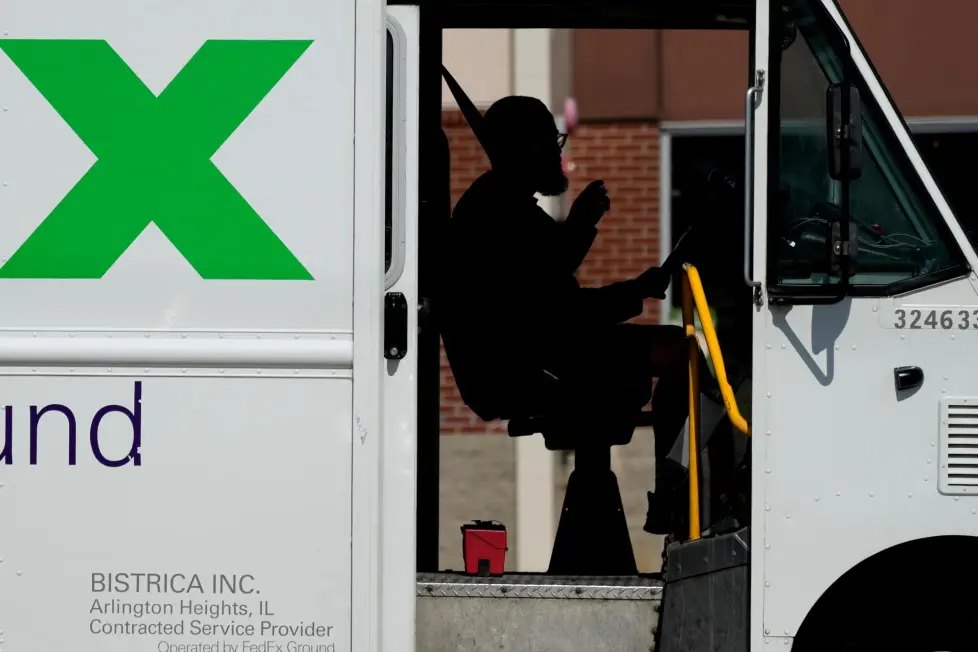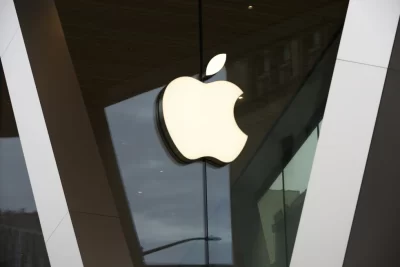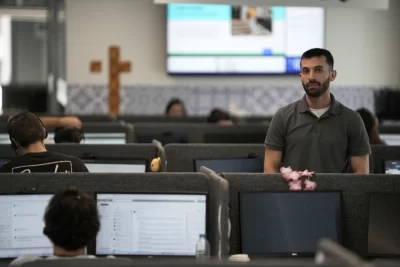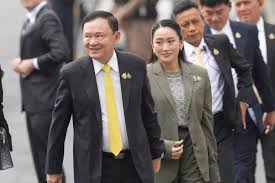The president attributed public doubts about the economy to the nature of news media coverage, which he said prioritizes the negative.
“I think that the American people are smart as hell and know what their interests are,” Biden said. “I think they know they’re better off financially than they were before.”
Here are some questions and answers about Friday’s job report.
WHY IS HIRING STILL SO STRONG?
The Fed has raised its benchmark short-term rate 11 times since last year to about 5.4%, the highest in 22 years — the fastest pace of rate hikes in four decades. The increases are intended to slow borrowing and spending by businesses and consumers, thereby cooling growth. When employers added just 105,000 jobs in June, economists had expected further modest gains to come. Instead, hiring has rebounded with vigor.
There are several likely reasons why: Millions of people have started job hunting in the past year, pulled into the job market by strong demand for workers and higher pay. Others have likely been drawn in by financial stress they feel from higher prices. Immigration has also rebounded after COVID-era restrictions were lifted.
As a result, more workers are available to fill millions of open positions. This trend has lessened the labor shortages that many employers complained about since the recovery from the 2020 pandemic and enabled some companies to finally catch up to their previous employment levels. In September, for example, restaurants and bars added 61,000 positions, finally restoring their pre-pandemic levels of payrolls.
Likewise, hospitals, child care centers and government agencies are still adding workers as they seek to rebuild their staffs after having lost workers during COVID.
“We’ve seen a very impressive rebound in the labor supply,” said Sarah House, senior economist at Wells Fargo. “After a downturn, there’s a lot of consternation about to what extent workers will come back. And what we’ve seen is that workers do respond to a strong jobs market.”
Sarah Tilley, a senior vice president at the business software provider ServiceNow, is seeing evidence that more workers are available. Responses to their job listings are 80% higher than they were a year and a half ago, she said, with some of that increase likely a result of widespread layoffs last year by tech companies.
Another change from a year ago, she noted, is that even workers with tech skills are less able to job-hop for large raises.
“People would jump off, get these real meaty increases,” she said. “And that’s changed. People are less inclined to take the risk.”
Consumers spent freely over the summer — on travel, hotels, movies and concert tickets — and lifted the economy in the process. Because consumer spending drives about 70% of the U.S. economy, analysts expect growth to top a healthy 3% annual rate for the July-September quarter. With the economy growing steadily, businesses are likely more confident about adding positions.
WHAT DOES ALL THIS MEAN FOR THE FED?
It could make Fed officials more inclined to raise their key interest rate in November or December. In the past, Chair Jerome Powell has said that slowing inflation back to the Fed’s 2% target will require “pain” in the labor market. So far, there’s been little to no such pain.
And just Thursday, Mary Daly, president of the Federal Reserve Bank of San Francisco, suggested that the Fed could hold off on another hike “if we continue to see a cooling labor market and inflation heading back to our target.” Friday’s data doesn’t suggest much cooling is happening.
At the same time, the Fed’s main concern is that rapid hiring will stoke strong wage increases. Higher wages can fuel inflation if companies raise their prices to offset their higher labor costs. In September, wage growth slowed; it rose 4.2% from a year earlier. That is a solid gain, and slightly faster than inflation. But it was the mildest year-over-year increase in more than two years.
Such data underscores the tantalizing prospect that inflation could continue to ease — it was 3.7% in August — without requiring widespread layoffs or a recession, in what Austan Goolsbee, head of the Federal Reserve Bank of Chicago, calls “the golden path.” Some other Fed officials think the economy will have to cool to truly stamp out rising prices.
At the same time, long-term interest rates have spiked in the past two months, making loans more expensive across the economy and potentially serving as a brake on economic growth and inflation. Mortgage rates have jumped to 7.5%, the highest level in 23 years.
“It’s a pretty solid report and perhaps it makes the Fed a little bit more nervous just given the overall strength of the jobs market,” House said. But the jump in interest rates “is doing some of the Fed’s work for it, and that makes another hike less compelling.”
Another consideration that economists are increasingly considering is that if the economy is still chugging along, maybe that shows that it can withstand higher interest rates for the long term. If so, the Fed’s benchmark rate might not be restricting growth as much as Fed officials think and may need to rise noticeably higher.
IS THE JOB MARKET BENEFITING EVERYONE?
The U.S. economy is vast and diverse, and even in solid job reports there are pockets of weakness. In September, while the overall unemployment rate was unchanged, it rose noticeably for African-American workers.
Higher unemployment for Black Americans can sometimes serve as a warning signal of a weakening economy. That’s because Black workers are often the first to be laid off. It’s too soon to say if that is happening now, given that Black unemployment is still relatively low at 5.7%.
Still, that rate is up from 5.3% in August, and from a record low for Black unemployment of 4.7% in April.
The jobless rate for Hispanics fell last month from 4.9% to 4.6%. For Asian Americans, it fell from 3.1% to 2.8%. For whites, the unemployment rate was unchanged at 3.4%.
___
AP White House reporter Darlene Superville contributed to this report.








